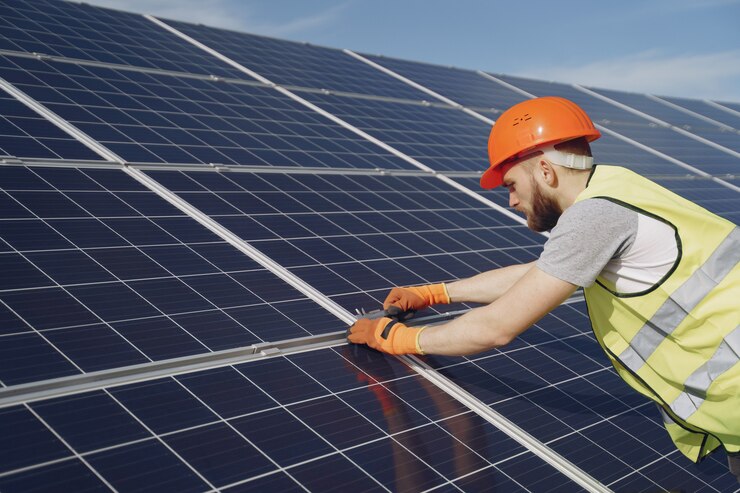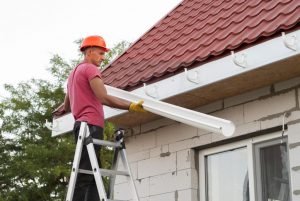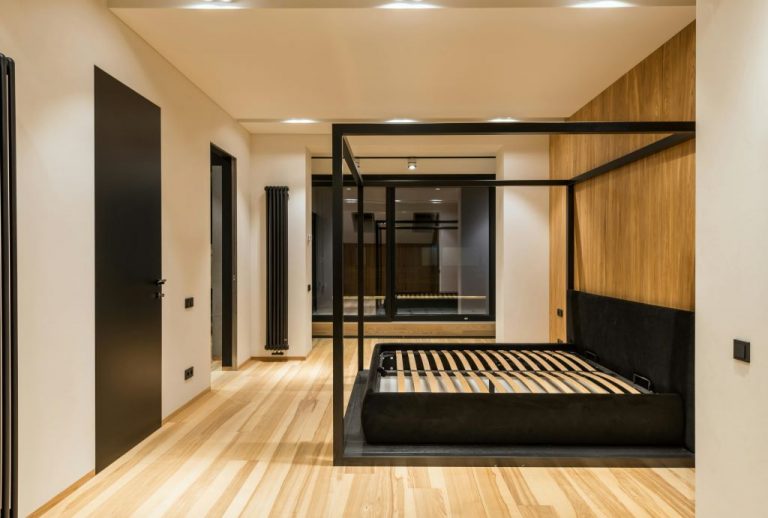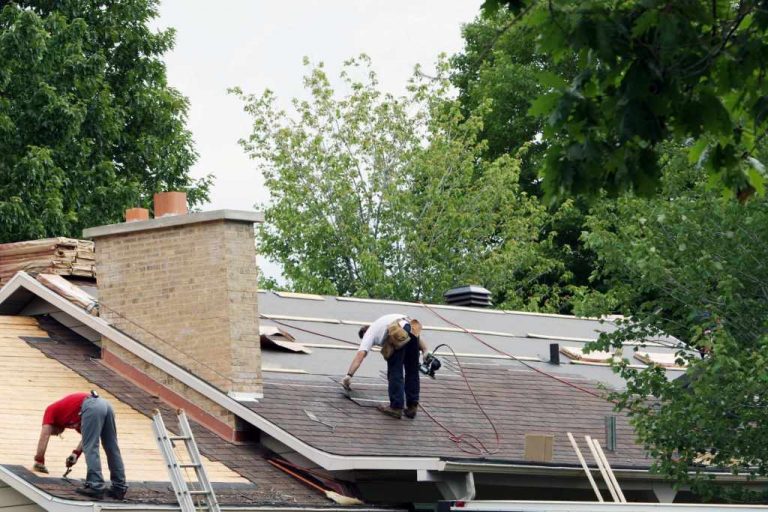Embarking on the journey of solar panel installation for home improvement is a sustainable and forward-thinking decision. Harnessing solar energy not only reduces electricity bills but also contributes to a greener environment.
This article provides comprehensive tips and tricks for a successful solar panel installation, ensuring homeowners make informed decisions to enhance their homes and embrace renewable energy.
Understanding Your Energy Needs
Conducting an energy audit forms the basis for a successful solar panel installation, helping homeowners comprehend their household’s energy consumption patterns. Setting realistic goals for solar energy usage further guides the customization of the installation to meet specific objectives.

1.1 Energy Audit
Conduct an energy audit to understand your household’s energy consumption patterns. This analysis serves as the foundation for determining the size and capacity of the solar panel system required to meet your home’s power of energy needs efficiently.
1.2 Set Realistic Goals
Define your goals for solar energy usage. Whether aiming to offset a percentage of your electricity consumption or achieving complete energy independence, setting realistic goals helps in tailoring the solar panel installation to meet specific objectives.
Choosing the Right Solar Panel System
Explore various solar panel types, such as monocrystalline and polycrystalline, considering factors like space availability and efficiency requirements. Additionally, select a suitable solar inverter, crucial for converting solar energy into usable electricity for your home improvement.
2.1 Types of Solar Panels
Explore the different types of solar panels, such as monocrystalline, polycrystalline, and thin-film. Each type has its advantages and considerations, and selecting the right one depends on factors like space availability, budget, and efficiency requirements.
2.2 Solar Inverter Selection
Choose an appropriate solar inverter, considering factors like inverter type (string, micro, or power optimizers), efficiency, and compatibility with the chosen solar panels. The inverter is crucial for converting solar energy into usable electricity for your home.
Assessing Your Roof’s Suitability
Ensure your roof’s structural integrity through a comprehensive inspection, addressing potential shading issues and verifying its ability to support solar panels. Optimize solar panel performance by considering roof orientation and tilt, aligning them with sunlight patterns for maximum efficiency.
3.1 Roof Inspection
Conduct a thorough inspection of your roof installation to ensure it is structurally sound and can support the weight of solar panels. Identify any potential shading issues from nearby trees or structures that may affect the efficiency of the solar system.
3.2 Roof Orientation and Tilt
Optimal solar panel performance is achieved when they face the right direction and tilt. South-facing roofs with a tilt angle matching your latitude generally provide the best results. However, adjustments can be made based on available space and regional sunlight patterns.
Navigating Regulatory and Financial Considerations
Understand and comply with local regulations and building codes related to solar panel installations, ensuring a smooth and compliant process. Explore financial incentives and rebates available in your region to make solar panel installation more cost-effective.
4.1 Research Local Regulations
Understand the local regulations and building codes related to solar panel installations. Some areas may have specific requirements or restrictions, and compliance with these regulations is essential for a smooth installation process.
4.2 Explore Financial Incentives
Research available financial incentives and rebates for solar installations in your region. Many governments and utility companies offer incentives to promote renewable energy adoption, potentially making solar panel installation more cost-effective.
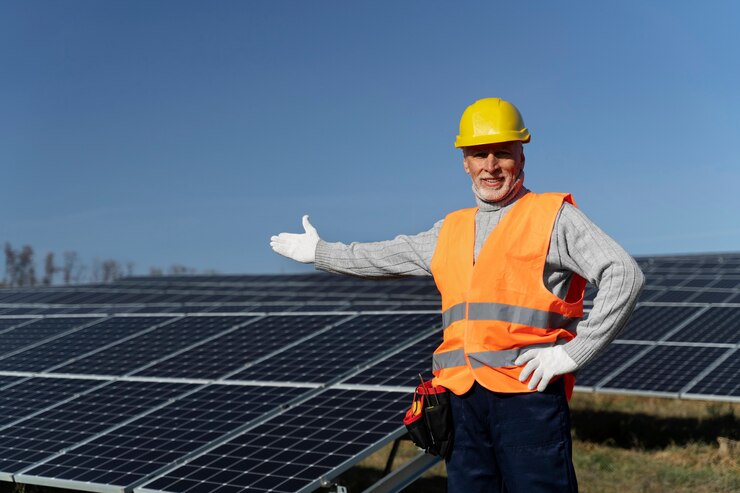
Hiring a Professional Installer
Select a reputable solar panel installation company based on credentials, certifications, and experience, ensuring a reliable and expert partner for your project. Obtain multiple quotes to compare costs, services, and warranties, allowing for an informed decision on the best value for your solar installation.
5.1 Credentials and Experience
Select a reputable solar panel installation company with the necessary credentials and experience. Check for certifications, customer reviews, and examples of past installations to ensure you are partnering with a trusted professional.
5.2 Obtain Multiple Quotes
Request quotes from multiple solar installers to compare costs, services, and warranties. This step allows you to make an informed decision based on the overall value offered by different providers.
Maximizing System Efficiency
Implement a regular maintenance schedule, including cleaning and component checks, to ensure optimal performance of your solar panel system. Invest in a solar monitoring system to track energy production, promptly identify issues, and ensure the continued efficiency of your solar installation.
6.1 Regular Maintenance
Implement a routine maintenance schedule to keep your solar panel system operating efficiently. This may include cleaning panels, checking for debris, and ensuring all components are in good condition.
6.2 Monitor Energy Production
Invest in a solar monitoring system to track the energy production of your solar panels. Monitoring allows you to identify any issues promptly and ensures that the system is performing as expected.

Embracing a Sustainable Future
Stay informed about solar technology advancements to make informed decisions, and share experiences within solar communities for collective knowledge and engagement. By educating oneself and participating in forums, homeowners contribute to building a sustainable future powered by solar energy.
7.1 Educate Yourself
Stay informed about advancements in solar technology and best practices for home solar installations. Continuous education empowers homeowners to make informed decisions and maximize the benefits of solar energy.
7.2 Share Experiences
Join local solar communities or online forums to share experiences and learn from others who have undergone similar solar panel installations. Collective knowledge-sharing contributes to a more informed and engaged solar community.
Conclusion
In conclusion, embracing solar panel installation for home improvement is a transformative step towards a sustainable and energy-efficient future.
By understanding energy needs, choosing the right system, assessing roof suitability, navigating regulations, hiring professionals, and optimizing efficiency, homeowners can embark on a journey that not only reduces their environmental impact but also adds long-term value to their homes.
Bright ideas for home improvement indeed involve harnessing the power of the sun, illuminating homes with clean, renewable energy for years to come.

